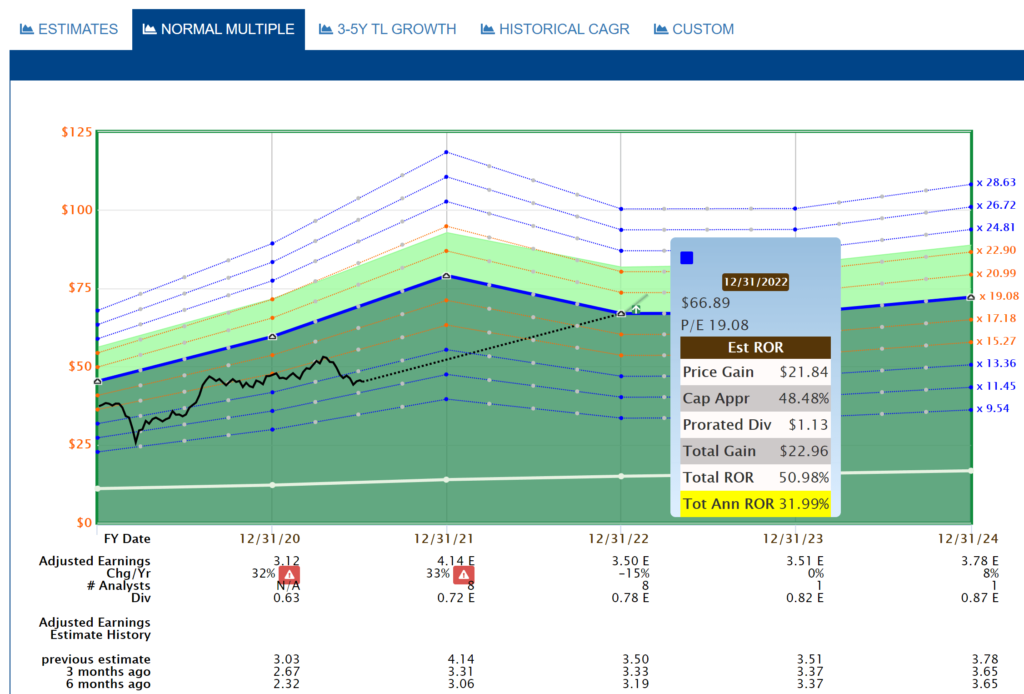Exchange Rate Hampers Fortis’ Q2 Results
Posted by JM on July 29, 2021
Here is an excerpt from Fortis Inc.’s (FTS) recent quarterly earnings release July 29, 2021.
Earnings Report:
Q2 2021 Estimate: 0.59
Q2 2021 Actual: 0.55
Q3 2021 Estimate: 0.67
07:20 AM EDT, 07/29/2021 (MT Newswires) — Fortis Inc. (FTS.TO) edged down in U.S. premarket trading as it reported second-quarter adjusted basic EPS of C$0.55, down from C$0.56 in the year-ago period and missing the S&P Capital IQ consensus estimate for normalized EPS of C$0.59.
The electric and gas utility company recorded adjusted net earnings of C$259 million, compared with C$258 million in the second quarter of 2020. The company attributed the change to adjusted net earnings and EPS to strong operating growth, partially offset by negative foreign exchange impacts.
As-reported net earnings came in at C$253 million or C$0.54 per share, a decrease of C$21 million or C$0.05 per share in the same period a year ago, mainly due to a lower U.S.-to-Canadian dollar exchange rate and the lack of significant one-off items unlike the prior-year period.
Excluding the impact of foreign exchange and one-off items, net earnings rose by C$17 million or C$0.04 per share year over year, the company said.
Net earnings for the first half of 2021 reached C$608 million or C$1.30 per share, up from C$586 million or C$1.26 per share in the year-ago period.
Fortis said its long-term outlook remains unchanged and that lingering uncertainty due to the COVID-19 pandemic is not expected to have a material financial impact on the company in 2021.
Fortis also released an update to its sustainability efforts, saying it achieved a 15% annual reduction in Scope 1 emissions in 2020, equivalent to taking 400,000 vehicles off the road in a year.
The company also said its unit Tucson Electric Power now has approximately 1,000 megawatts of renewable energy on its system and can produce more than 25% of its energy from renewable sources.
Source: MT Newswires
Fortis Inc. (FTS) was one of our first purchases back in 2012 in our Canadian Magic Pants Portfolio. Fortis has increased its dividend every year for over four decades now, so it is one of the highest quality stocks we own. My mentor, Tom Connolly, has a word for stocks that perform like Fortis; ‘bondified’. After a decade or two, maybe sooner, stocks like Fortis offer an attractive alternative to fixed income instruments such as government bonds and can be counted as the fixed income portion of your portfolio.
Another thing I like about Fortis is that management regularly communicates and delivers on its dividend growth guidance. Here is an excerpt from their most recent ‘Second Quarter 2021 Results’ document found on their website.
“Fortis expects long-term growth in rate base will support earnings growth and the annual dividend growth guidance of approximately 6% through 2025.”
Knowing that the dividend will grow over the next few years and by how much is comforting as an income investor and a show of confidence by management on where they feel the business is headed. Fortis is one of our quality dividend growers where historically, dividend growth and price growth have moved hand in hand.
As the dividend grows so does the price!








